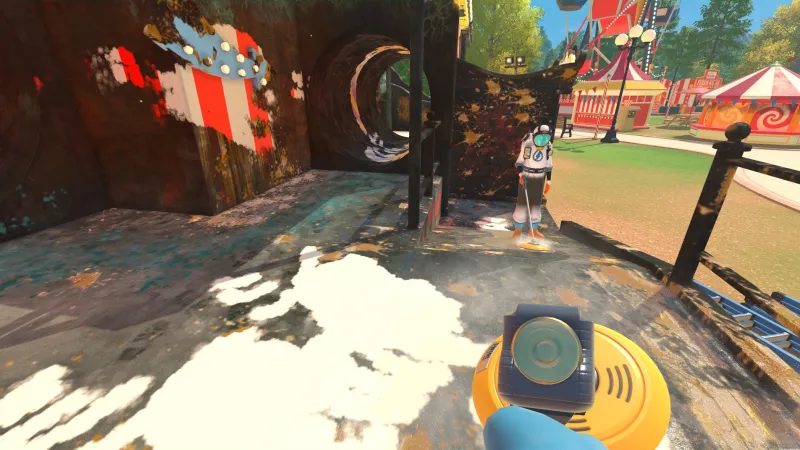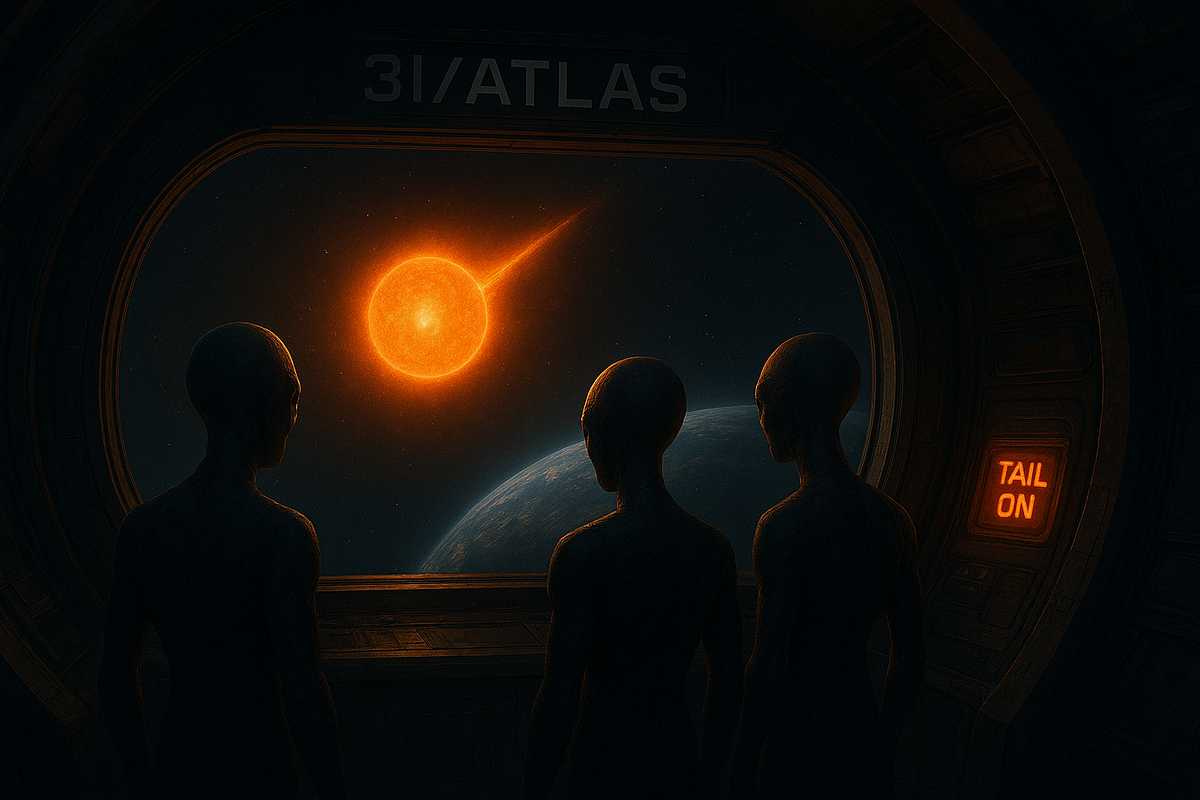Science is fun. It offers an opportunity to learn something new, as long as we do not pretend to expect the unexpected. This is apparent from the viral public interest in the new interstellar object, 3I/ATLAS. As this object gets closer to the Sun, we could figure out its nature. As a comet, its outgassing would intensify and it may shed bits of ice from its surface. As a spacecraft, it may maneuver or shed mini-probes towards Earth. I therefore asked the research team of the Galileo Project to check if there ia enhanced appearance of Unidentified Anomalous phenomena after 3I/ATLAS approaches perihelion on October 29, 2025. Whether it is natural or artificial in origin, we will learn something new about what lies beyond the solar system.
My sincere hope is that the wide coverage of 3I/ATLAS by the media will inspire kids to become scientists. We desperately need scientists who dream big and are curious about the unknown. Without prejudice, they might discover what my generation of scientists is missing. Real interstellar encounters could be far more imaginative than the scripts of science fiction writers in Hollywood.
Exploring the unknown is also a boon to spirituality. Blaise Pascal argued that we should not ignore the possibility that God exists because the implications are great if this notion is true. For the same reason, we should not ignore the possibility that 3I/ATLAS is alien technology. It is prudent to imagine this possibility and encourage observers to collect as much data as possible in an attempt to prove it wrong. If 3I/ATLAS is a comet with a rank of `0’ on the Loeb scale (as described in a new paper, posted today here), then the abundance of data about it could still educate us about icy rocks beyond the solar system.
Why is it reasonable to consider the possibility of a technological origin? For several reasons. First, all the images of 3I/ATLAS do not show a cometary tail of dust or gas behind it. Under the entry `tail length,’ the current data from multiple telescopes is tabulated as `not-available’ in the catalog compiled by the Comet Observers Database (COBS). Moreover, spectroscopic data shows reddening but no evidence for molecular or atomic gas accompanying the glow around 3I/ATLAS, as is the case for most comets (see reports here, here and here, as well as the discussion about water ice here). The compact glow preceding 3I/ATLAS in its Hubble Space Telescope image, can be supplied for six months by a thin layer of dirt, less than a millimeter in thickness, that accumulated on the solid surface of 3I/ATLAS as a result of its extended bombardment by interstellar dust during its long journey.
If the reddening in the spectrum of 3I/ATLAS is the result of a dust cloud surrounding it, then the dust particles must have a size comparable to the wavelength of visible light, about 0.5 micrometers. For dust particles of this size, solar radiation pressure is stronger than gravity. Within a day, the dust would have been displaced to a tail stretching across a few arcseconds behind 3I/ATLAS. This tail of sub-micron dust would have scattered sunlight for the same reason that it reddens it. Embedded ice particles that evaporate would have left the familiar spectroscopic signature of gas around 3I/ATLAS. The lack of visible dust or gas tails in the Hubble Space Telescope image, suggests that the reddening originates from the surface of 3I/ATLAS. In that case, the brightness of 3I/ATLAS implies an object that is 20 kilometers in diameter. However, the discovery of a 20-kilometer rock from interstellar space over a decade of surveying the sky requires that every star in the Milky Way galaxy would eject ten thousand times more rocky material than the Solar system contains today. This is an untenable proposition (as discussed here). The alternative is that 3I/ATLAS targeted the inner Solar system.
A glimpse at the trajectory of 3I/ATLAS with a 3D illustrator — accessible here, supports the targeted trajectory hypothesis. Not only is the trajectory aligned with the ecliptic plane of the planets around the Sun, a rare coincidence with a 0.002 likelihood, but 3I/ATLAS is also perfectly timed to arrive close to Mars, Venus and Jupiter, manifesting an even rarer coincidence of 0.00005 (as discussed here).
Given the above considerations, it is appropriate for us to entertain the possibility that 3I/ATLAS was sent by an alien intelligence. While I was writing this essay, I received a message with the heading “On Your Work, Scientific Openness, and the Value of Disruption in Scientific Inquiry,” which reads as follows:
“Dear Professor Loeb,
Science progresses through a delicate balance between cautious rigor and bold exploration. Without rigor, it drifts into unfounded ideas; without boldness, it becomes trapped in frameworks that mistake themselves for reality.
In this light, you stand as a scientist who challenges consensus through empirical provocation. Your proposals, may or may not be confirmed, but its true value lies in defending the right to ask such questions and to test them.
It is striking that abstract theories without experimental confirmation — such as string theory — receive institutional acceptance, while falsifiable yet culturally challenging hypotheses are met with immediate resistance. This reveals that science’s filters are shaped not only by logic, but also by culture and reputation.
The lesson is clear: science is both method and human practice, shaped by our biases and collective fears. Disruptors like you remind us that the universe may be wider than our current categories, and that closing a hypothesis before testing it is a disservice to the spirit of inquiry.
Thank you for your courage and intellectual openness. I follow your work with great interest and deeply value its contribution to the scientific conversation.
Sincerely,
Iris Yague Inglada”
Following this message, I received a beautiful watercolor from the celebrated artist, Greg Wyatt, which quotes Leonardo da Vinci on the nourishing benefits of turning towards the sky.
ABOUT THE AUTHOR
Avi Loeb is the head of the Galileo Project, founding director of Harvard University’s — Black Hole Initiative, director of the Institute for Theory and Computation at the Harvard-Smithsonian Center for Astrophysics, and the former chair of the astronomy department at Harvard University (2011–2020). He is a former member of the President’s Council of Advisors on Science and Technology and a former chair of the Board on Physics and Astronomy of the National Academies. He is the bestselling author of “Extraterrestrial: The First Sign of Intelligent Life Beyond Earth” and a co-author of the textbook “Life in the Cosmos”, both published in 2021. The paperback edition of his new book, titled “Interstellar”, was published in August 2024.
Source link


